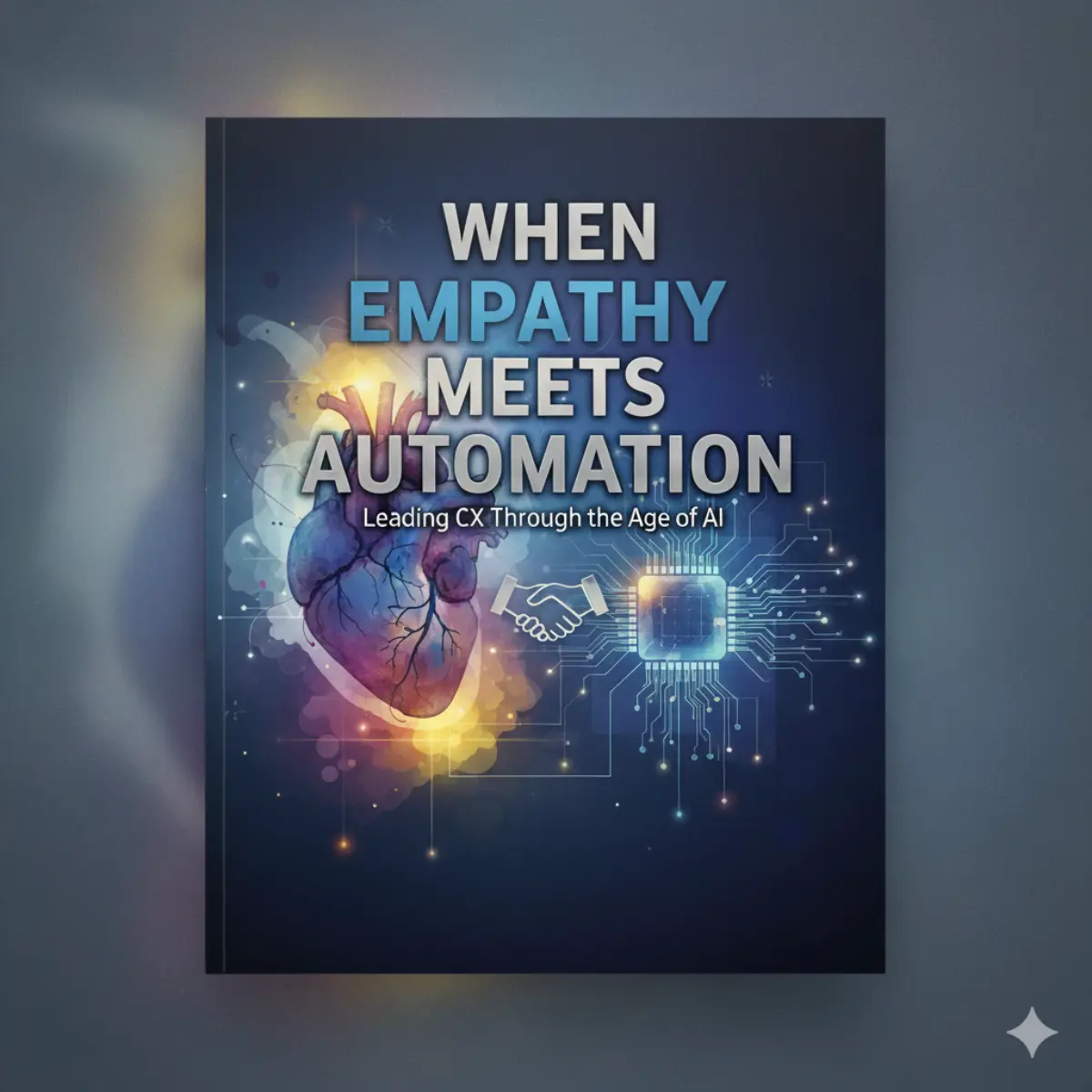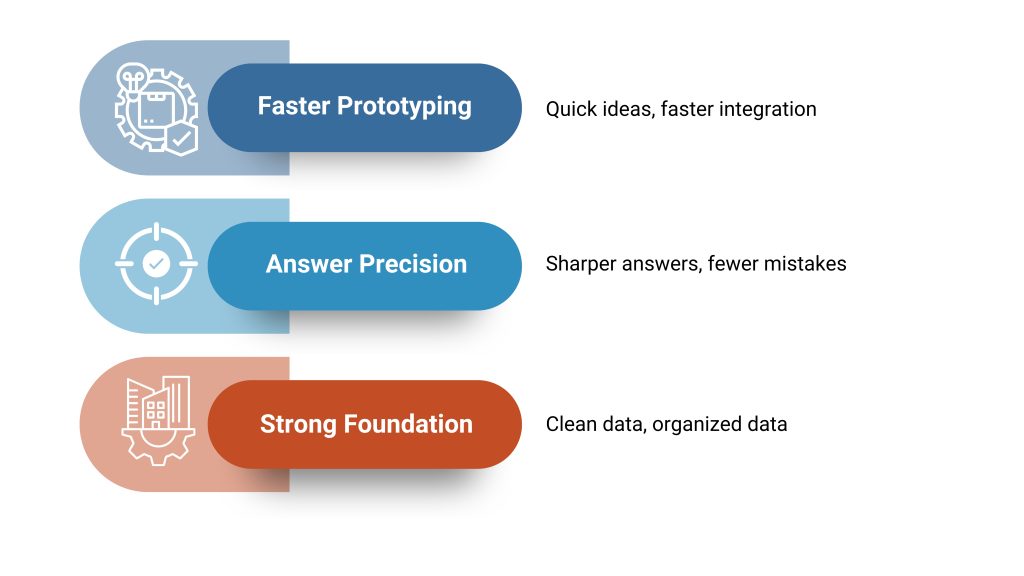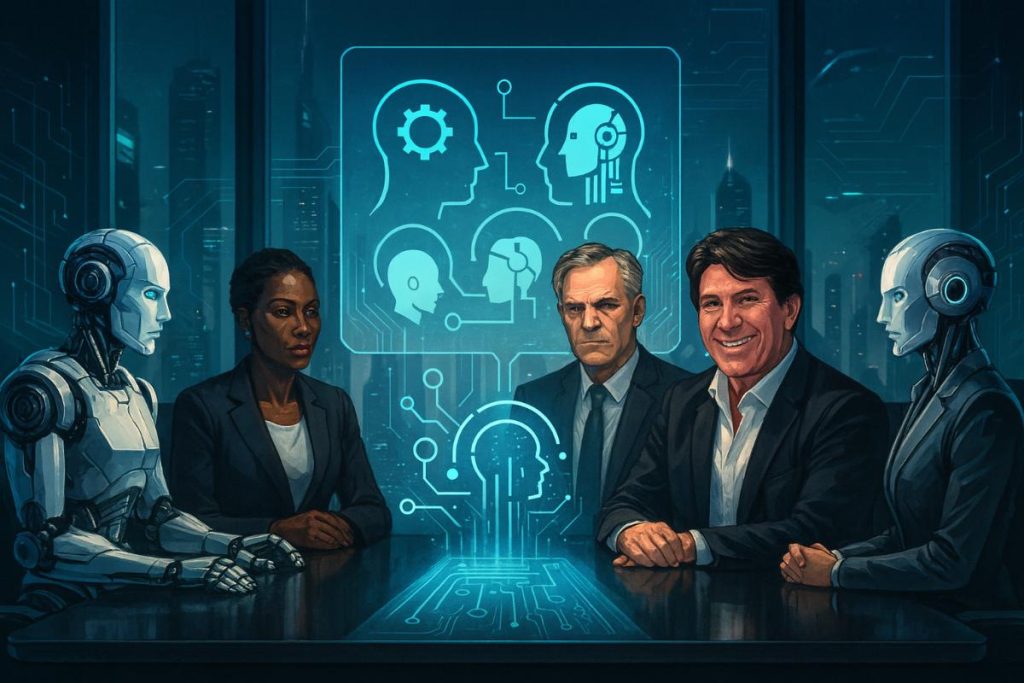Artificial Intelligence (AI) is rapidly transforming how organizations interact with customers. But the most significant shift isn’t about technology — it’s about trust, empathy, and human connection. As AI tools become more sophisticated, the challenge for customer experience (CX) professionals is no longer technical adoption, but emotional orchestration.
In an era where interactions are increasingly mediated by algorithms, what differentiates a brand is not just its efficiency, but its emotional intelligence — the ability to listen, understand, and respond with care. Customers don’t simply want faster service — they want fair, respectful, and meaningful engagement. They don’t judge AI by its accuracy alone, but by how it makes them feel. As expectations grow, so does the pressure on organizations to deliver not just seamless experiences, but emotionally resonant ones — at scale.
This transformation requires a mindset shift. Customer Experience is no longer about managing transactions — it’s about building relationships in real time, across multiple channels, with systems that not only understand intent but respect values. To lead in this landscape, companies must align data with design, automation with ethics, and speed with sincerity.
Why Traditional Customer Experience Metrics Fall Short
Historically, customer experience has focused heavily on measurement: Net Promoter Scores (NPS), satisfaction surveys, churn rates. These indicators offered useful snapshots, but they were often static and retrospective. In the AI age, this approach is insufficient. Customers don’t engage with companies based on scores — they engage based on how they feel in the moment: Was the response fair? Was it intuitive? Was it human?
Data must now serve real‑time understanding, not just historical analysis. That’s the new frontier of customer experience: orchestration.
Orchestration Over Measurement: A New Customer Experience Mindset
Artificial intelligence enables a seismic shift in how customer journeys are managed. Instead of waiting to gather feedback after an interaction, AI can:
- Track behavioral patterns across multiple touchpoints (web, chat, voice, email)
- Anticipate customer needs before they’re expressed
- Create personalized, adaptive journeys in real time
But personalization alone isn’t enough. Every touchpoint must still reflect empathy, clarity, and intent. An AI‑driven journey that feels robotic or invasive can damage trust more than help. CX leaders must ensure that orchestration balances efficiency with emotional intelligence.
The Three New Imperatives of AI‑Driven CX Leadership
Artificial intelligence is not just another phase in digital transformation — it’s a paradigm shift. For organizations to truly lead in this new era, CX strategy must evolve across three key dimensions: Interpretation, Intention, and Integration. These imperatives redefine what it means to deliver customer experience in an intelligent, emotionally aware, and ethical way.
1. From Insight to Interpretation: Moving Beyond Static Data
Traditional customer experience relied on collecting and visualizing data — surveys, feedback, performance metrics. But in the AI era, the real value lies not in data collection, but in interpreting customer behavior dynamically.
AI systems can now process vast volumes of unstructured data — voice, text, sentiment, and behavior — in real time. The role of the CX leader is shifting from being a “data analyst” to becoming a narrative architect, who can translate complex data flows into meaningful customer stories and actionable strategy.
Interpretation isn’t about knowing what customers said — it’s about understanding why they said it and what they expect next.
2. From Automation to Intention: Designing with Emotional Precision
Many organizations see artificial intelligence primarily as a tool for automation — streamlining workflows, reducing costs, speeding up response times. But if AI is deployed without human-centered intention, it risks eroding trust and emotional loyalty.
Modern CX leadership must guide AI toward emotionally intelligent design — where every automated interaction carries clarity, respect, and purpose. This means training AI systems not just to respond, but to respond with care. Whether through tone analysis in customer service or personalization in marketing, intention ensures that technology reflects human values. AI that’s fast but insensitive is noise. AI that’s intentional becomes a trusted brand voice.
3. From Silos to Integration: Building Connected Experience Ecosystems
Legacy CX models often operate in silos — marketing, sales, support, product — each owning separate parts of the customer journey. Artificial intelligence exposes the limitations of this fragmentation. True transformation comes from integration: unifying systems, teams, and goals to orchestrate seamless, end-to-end experiences.
CX leaders must now become connectors, aligning AI capabilities across departments to serve a shared vision of customer success. Integration means collapsing organizational barriers so that AI can deliver continuity — from a personalized email to a self‑service chatbot to a post-purchase touchpoint. When AI integrates experience across the full lifecycle, it stops being a tool — and becomes a strategic differentiator.
Generative AI: The Conversation Catalyst
Generative AI is more than automation — it’s about enabling human‑like interaction. It understands context, intent, and tone, allowing brands to:
- Tailor marketing messages based on real‑time behavior and emotion
- Support agents with AI copilots that suggest empathetic responses or next actions
- Simulate product journeys to test and refine features before launch
GenAI allows C-suite leaders to shift from manual decision-making to adaptive orchestration. However, as its influence grows, so does its ethical footprint.
Ethics & Trust: Guardrails for Artificial intelligence in Customer Experience
Trust remains the cornerstone of customer relationships. Yet recent findings from KPMG reveal a challenge: only 42% of consumers trust companies to use AI responsibly.[1]
CX leaders must rebuild confidence by embedding governance in three critical areas:
- Transparency: Clearly disclose when artificial intelligence is used, how data influences decisions, and offer customers control over their data and AI‑driven experiences.
- Fairness: Conduct regular bias audits to identify and mitigate discriminatory patterns in AI models. Ensure inclusivity in datasets and fairness in outcomes.
- Human Oversight: Keep humans in control of high‑stakes decisions. Automation should assist — not replace — human empathy, especially in emotionally or financially sensitive interactions.
As CXPA emphasizes, ethical AI is not about compliance; it’s about differentiation.[2]
A Three‑Phase Roadmap to AI Maturity
AI maturity in customer experience doesn’t begin with automation — it begins with clarity. Organizations that succeed with AI do so by following a structured evolution: from building a reliable data foundation to operationalizing intelligence, and ultimately reaching predictive excellence. This isn’t just a tech journey — it’s a strategic transformation of how organizations listen, act, and anticipate.
Phase 1: Data Integrity — Build a Foundation of Truth
Every successful AI initiative begins with clean, accurate, and real-time data. Without it, even the most advanced algorithms produce misleading or biased results. In customer experience, where trust and personalization are paramount, poor data quality is not just a technical problem — it’s a customer experience risk.
Leaders must treat data governance as a CX priority, not as an isolated IT function. This means investing in systems that:
- Cleanse and de-duplicate records.
- Standardize formats and identifiers across platforms.
- Maintain real-time synchronization of customer profiles. By ensuring data integrity, organizations lay the groundwork for AI systems that can reason, adapt, and act with confidence.
Phase 2: Workflow Intelligence — Operationalize Smart Automation
With a reliable data layer in place, the next step is to embed AI into everyday operations. This is where organizations begin to see tangible improvements — faster service, smoother handoffs, and lower friction across the customer journey.
Workflow intelligence is about more than automation. It’s about using artificial intelligence to simplify complexity, break down internal silos, and give teams more time to focus on high-value, human-centered work.
Examples include:
- Real-time feedback analysis
- Intelligent case routing based on urgency or sentiment
- Predictive alerts for service escalation
- Automated reporting for continuous improvement
Smart orchestration aligns departments around customer needs — not around internal processes.
Phase 3: Reasoning & Prediction — Turn Insight into Foresight
The most advanced stage of AI maturity is when systems develop the ability to reason. Here, AI does more than react — it infers intent, diagnoses root causes, and proactively recommends actions. It’s no longer just automating tasks — it’s guiding strategy.
In this phase, AI-powered CX tools can:
- Predict customer churn before it happens
- Suggest personalized retention offers based on behavior and sentiment
- Identify emerging service trends across large datasets
- Enable agents with next-best-action recommendations in real time
This predictive capability transforms artificial intelligence from a support system into a strategic partner, turning data into foresight and foresight into customer loyalty.
Empathy as Return on Investment (ROI): Measuring Outcomes Beyond Efficiency
The true power of AI lies not in cost reduction, but in its ability to scale empathy. When AI systems can predict intent, eliminate friction, and personalize communication, the result is deeper engagement and trust.
Here are outcomes experienced by leading organizations:
- 12% boost in net revenue retention
- 25–40% higher engagement in personalized marketing campaigns
- Faster resolution times through AI‑assisted support systems
These results arise not from pushing more messages, but from listening better and responding smarter.
Final Thought: The Future of CX Is Human + Machine
Artificial intelligence isn’t replacing the human side of customer experience — it’s magnifying it. The organizations that lead this transition will be those that integrate AI with empathy, automation with authenticity, and insights with ethics.
To thrive in this AI‑powered landscape, customer experience professionals must:
- Treat AI literacy as a must‑have skill
- Encourage cross‑functional teamwork
- Embed transparent, ethical governance in every initiative
As the CXPA white paper concludes: “AI will not replace customer experience professionals — but those who fail to master it may be replaced by those who do.”[2]








